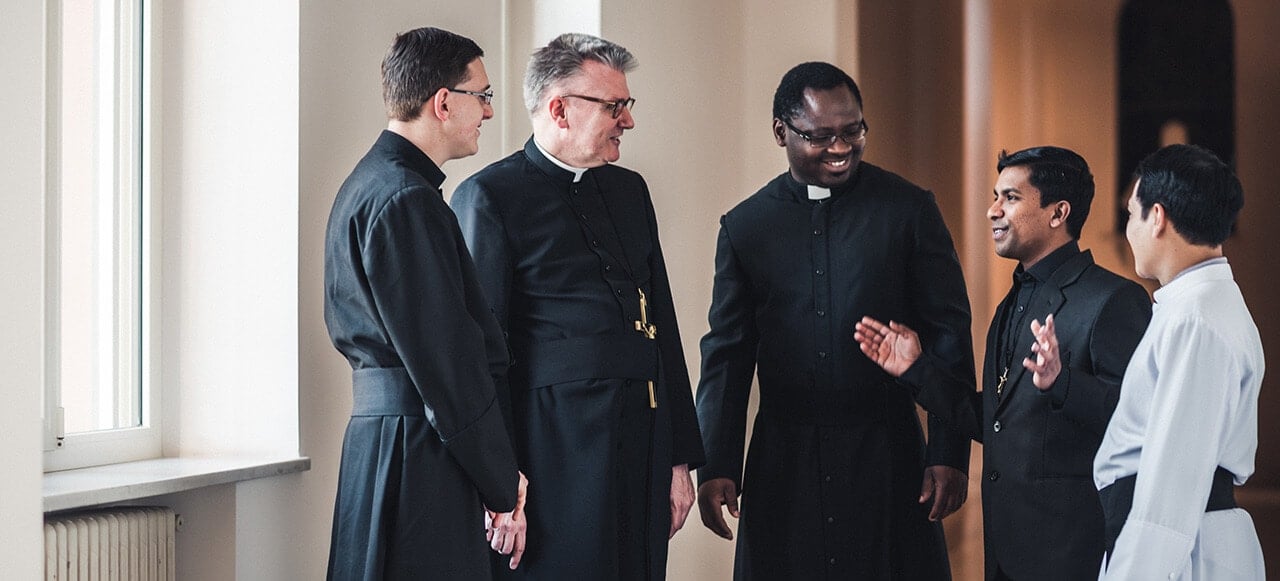
Charles Pandosy was born in Marseilles on 20th November 1824. He joined the Oblates and in 1847 he was assigned to the missions in Oregon. During the following year he was ordained a priest and for some forty years thereafter he ministered to the Yakima people in the region and to the colonists of British Colombia. Fr. Pandosy was an exceptional apostolic missionary. He measured 6 ft 3 (1.90 metres) and, given his broad shoulders, his thick black hair, his large bushy beard as well as his powerful voice, he exuded a sense of authoritativeness that nobody dared to contest. He was a devoted pastor dedicated to his multiple talents (professor, orator, musician, agriculturist, botanist etc). Rapidly he became a remarkable administrator of his environment as well as protector of the weak and defender of the oppressed.
On the shores of lake Okanagan
During the American war against the First Nations Peoples (1854) his mission at Oregon was set alight and so he went to live with the Jesuits at Colville. While there he took to wearing the ample cassock of the sons of St. Ignatius girded by a wide leather belt. In 1859 his superiors sent him to Canadian Columbia to establish a mission at Anse-aux-Sables. One day Fr. Pandosy and some ten colonists arrived on the shores of the beautiful, great lake Qkanagan. Hurriedly they erected a temporary shelter and then they wrapped themselves in their blankets for the night. As he was about to fall asleep the priest heard a strange sound outside the tent… a noise as of a dry branch cracking under the paw of an animal. The sleeping colonists were not disturbed but the Oblate was alarmed.
A threat
Noiselessly, Big Beard went outside and he perceived in the semi-darkness a band of treacherous-looking Shoushouape people who encircled the shelter. Fr. Pandosy had experienced this kind of ambush when he was with the Yakimas. Maintaining his composure he entered the tent and he took a long cutlass from his luggage. He emerged and slowly he walked to a tree on which he notched a shoulder-high circle. Intrigued, the warriors attentively observed every movement. Turning his back to the slashed tree, the priest walked ten paces away; he took hold of the knife by its blade and skilfully he flung it to the exact centre of the circle. Imperturbably, he returned to the tree, he retrieved his knife and once again he flung it with the same accuracy. He repeated the gesture a third time and on retrieving the knife he noticed that there was not one warrior visible anywhere in the surroundings. Fr. Pandosy laughed… oh, how he laughed in his big long beard. Calmly he returned to his shelter, he rolled in his blanket and he fell asleep peacefully without awakening his companions. Henceforth all the people of the Okanagan valley bestowed their profound respect on the “Giant with the Big Beard”.

Father Pandosy Appletree
Discovery of his remains
For the following 30 years, Fr. Pandosy contributed to the social, economic and religious development of the Okanagan. He planted the first fruit trees and to this day the region is known for the quality of its “delicious” apples. He died on 6th February 1891 and was buried near Mission Creek (Kelowna). Over time the exact location of the grave could not be determined. By chance during 1983 archaeologists discovered a skeleton in an old cemetery… it measured 6 ft 3 and alongside it was an ancient, dilapidated leather belt. Thus it was easy to conclude that the remains were those of Fr. Charles Pandosy – an amazing, exceptional Oblate of Mary Immaculate with a Big Bushy Beard. The Government of Colombia declared the land that previously had been occupied by the Mission an “Historical Site”. Also discovered was the chapel built out of timber blocks that he had hewn with his hatchet. There too was his little school. Indeed, Fr. Pandosy, could use his hatchet admirably as well as throw his knife to the very centre of the circle.
André DORVAL, OMI
